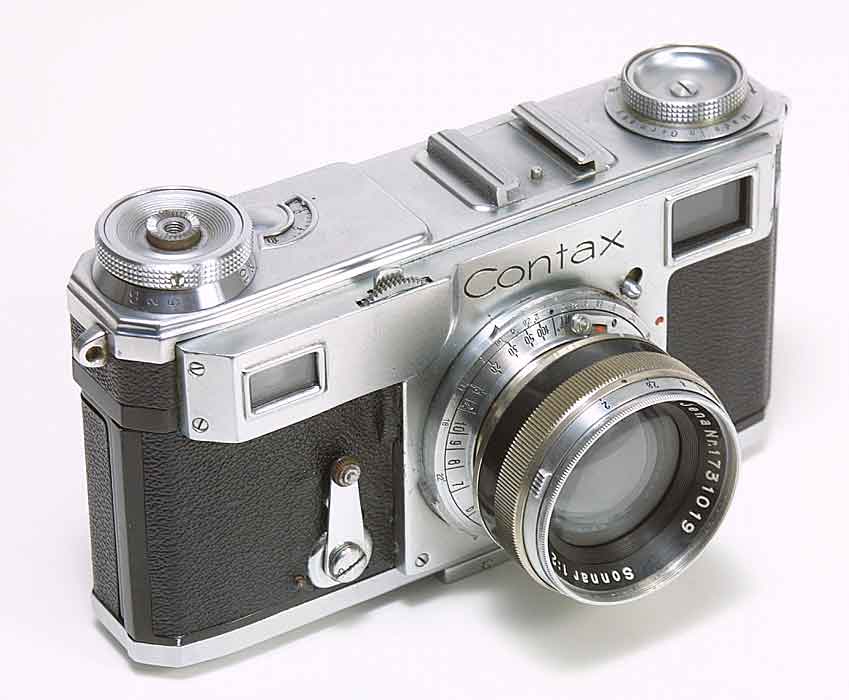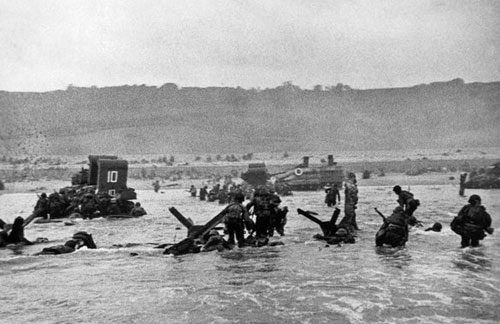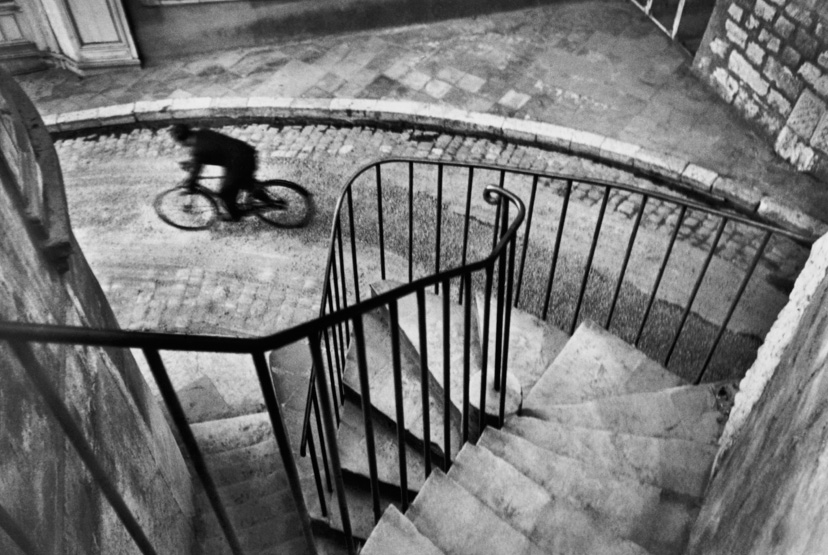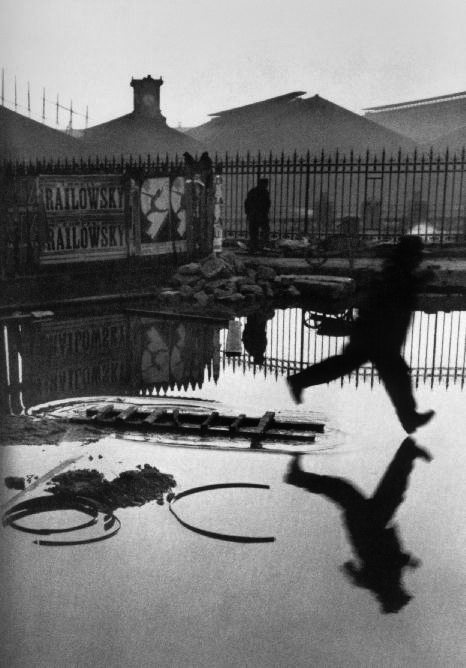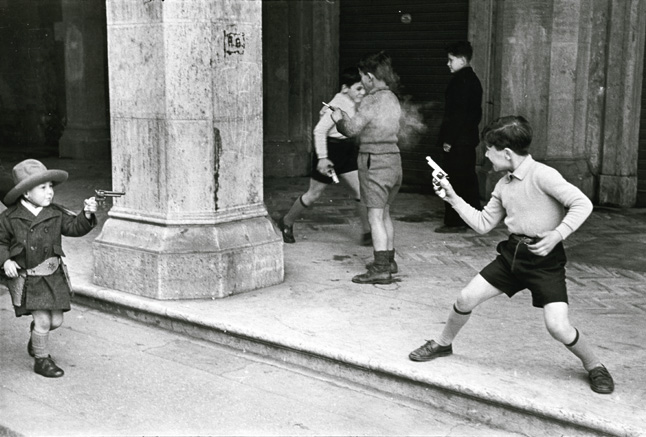War Photography
 |
| "Saigon Execution" - a photograph taken by Eddie Adams |
"The Execution" - Eddie Adams
Eddie Adams has taken a photograph that changed history. A precise moment, the one important frame that lasted less than a second, where two lives were ruined. A photograph that he regrets of taking.
The photograph itself does not give a full story for this terrifying moment. It is deceiving, and tells only half of what really happened. It may seem that a uniformed Vietnamese officer executes a civilian for unknown reasons. However, in reality the civilian is known as Nguyen Van Lem, also known as Captain Bay Lop. He was a leader of a Viet Cong squad who targeted South Vietnamese National Police officers and their families. One of their targets was the shooter himself, who is known as General Nguyen Ngoc Loan. It does not justify the actions of a General Ngoc Loan, but the photograph, on its own, portrays him as a ruthless human being, who executes prisoners without remorse, nor does he give a chance for a trial.
Unlike photograph the video footage shows how a prisoner is being pulled out to the middle of the street, a moment before he was shot, and the aftermath of the execution. The execution itself, the moment that was captured by Eddie Adams, lasts less than a second which makes it impossible to see the executions as it is on the photograph. However, the video footage leaves more shocking experience as it is possible to witness death of an individual in motion, which gives a glimpse of unpleasant feelings that anyone would experience by being there and seeing the execution in person.
Although the photograph does not seem to be as shocking as the video footage is. Both show the emotion of General Loan during the execution, and only on the video it can be seen that he did not hesitate to shoot and how calm he was before and after the execution. Though the photograph shows in more greater detail the execution itself that cannot be seen as clearly on the video.
Unlike photograph the video footage shows how a prisoner is being pulled out to the middle of the street, a moment before he was shot, and the aftermath of the execution. The execution itself, the moment that was captured by Eddie Adams, lasts less than a second which makes it impossible to see the executions as it is on the photograph. However, the video footage leaves more shocking experience as it is possible to witness death of an individual in motion, which gives a glimpse of unpleasant feelings that anyone would experience by being there and seeing the execution in person.
Although the photograph does not seem to be as shocking as the video footage is. Both show the emotion of General Loan during the execution, and only on the video it can be seen that he did not hesitate to shoot and how calm he was before and after the execution. Though the photograph shows in more greater detail the execution itself that cannot be seen as clearly on the video.

